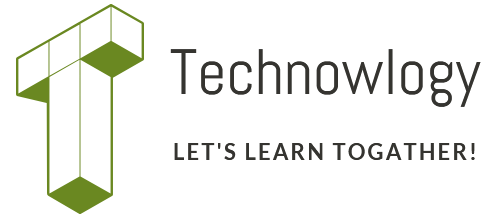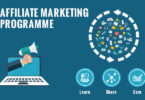In today’s digital age, the online success of a brand or business largely depends on its visibility on search engines.
To achieve and maintain high positions in search engine results, link building plays a crucial role. But it’s not just about getting as many links as possible; quality and relevance are key.

Link building, at a basic level, refers to the process of obtaining hyperlinks from other websites to yours. But why are these connections so important? Search engines, like Google, see these links as signs of trust or endorsement. The more high-quality links pointing to your site, the more likely you are to appear higher in search results. But how to write a quality link-building article? Let’s find out together in this guide!
The importance of research: creating valuable content
Before you start writing, it is crucial to understand the importance of research. This not only means knowing the topic you’re writing about well, but also having a clear understanding of what your audience wants to read.
Tools like Google Scholar, SEMrush, SeoZoom or Ahrefs can provide valuable insights into the topic and information gaps that exist in the content available online. Use this information to create content that is able to accurately respond to user needs, requests and expectations, trying to create texts that are relevant to the needs of your target audience and in reference to your brand.
Unique, informative content that makes your brand shine
Uniqueness is another fundamental aspect. In a sea of similar content, you need to find a way to stand out. This might mean taking a unique perspective on the topic, presenting new data or information, or perhaps using a different content format, such as a video or podcast. The point is: you have to offer something that others don’t offer.
For example, creating an industry study, a whitepaper, a piece of content that focuses on a distinctive aspect of the brand or company could lead more users to become interested in it and click on the link inserted within your content .
An article that is not just informative
In addition to uniqueness, your content must have practical value for your audience. It is not enough to simply inform; you need to educate, inspire, or solve a specific problem for your readers.
For example, if you’re writing an article about how to care for houseplants, don’t just list various methods; explain why one method might be better than another, offer solutions to common problems, and provide advice based on real experience.
Storytelling is another powerful element that can make your content irresistible. People are naturally drawn to stories . Instead of just presenting facts or data, try to weave a narrative.
It can be a story of how you solved a particular problem, an anecdote that illustrates your point, or perhaps a testimonial from a customer who has benefited from your product or service.
A quality article from a technical, semantic and grammatical point of view
Technical quality should not be overlooked. No matter how good your content is, if it’s difficult to read or navigate, people won’t linger on it. Make sure your article is well structured, with clear titles and subtitles, short paragraphs, and appropriate use of images or graphics to break up the text.
The text must not only be carefully structured from a technical point of view, respecting the rules of readability as best as possible, but this must also be grammatically and semantically correct. Only in this way will it be possible to convey your message in the best possible way, also through link building.
Choose the right anchor text to insert
Naturally, within a good article for link building we must absolutely not forget the importance of the anchor text that must be inserted in the article. Specifically, there are different types of anchor text that can be inserted. Thanks to the wide possibilities of diversification you have the advantage of varying the type of anchor text in the various articles to be published, so as not to generate a sequence of texts that are all the same.
In fact, understanding the different forms of anchor text is crucial to developing a natural and authentic backlink profile.
The main anchor texts you can use are:
- Exactly Matched Anchor Text : This type of anchor contains precisely the keyword we aim to rank in the SERP. While it is extremely effective, it can also be harmful if used improperly. For example, if we are targeting the phrase “teen clothes,” the exact anchor text would be “teen clothes.”
- Partially Matched Anchor Text : Here, the anchor text includes the keyword, but not necessarily in exact form. Using the “link building” example, the partial anchor text could be “master link building,” “full link building tutorial,” or “in-depth link building.”
- Brand Anchor : These are the sentences that contain your brand name. They are especially powerful for domains with a brand name. However, if your domain matches your keyword exactly, its effectiveness may be slightly less. An example would be: “Visit the WebCraft blog to discover new SEO methods.”
- Pure URLs : Refers to anchor texts that simply display a site’s URL. For example: take a look at the full report at https://examplesite.com.
- Generic Anchor Text : Here, the anchor text does not directly reference the keyword, but rather calls for action. Some common examples include: “Learn more”, “Read here”, “More information”.
- LSI Keywords : The acronym stands for “Latent Semantic Indexing” and refers to keywords related to or synonyms of your main keyword. Identifying these related words is relatively easy with the help of tools like Google Suggestions or the “Related Searches” section at the bottom of Google search results.
Now that you have all the information, a link building article that brings value to your brand and your Digital PR strategy!






